By Todd S. Berkoff
As the bright red sun was slowly setting over their shoulders on the balmy evening of August 28, 1862, Union troops marching east along the Warrenton Turnpike knew nothing of what awaited them. They and their brother Union soldiers had been scouring the countryside—unsuccessfully—for days looking for the elusive “Stonewall” Jackson, who had seemingly vanished along with all his 25,000 men.
Untested Western Soldiers Led By A Southern-Bred General
The Union brigade on patrol that evening was the mostly green “Black Hat Brigade” or “Western Brigade,” composed of hardy men from Wisconsin and Indiana. These soldiers were led by an exceptional brigade commander who had trained his brigade to the point of perfection. But they had yet to see battle. Little did these untested Westerners then know that they would soon face the flower of the Confederate Army—Stonewall Jackson’s elite veterans—in one of the most classic standup infantry fights of the war.
These Hoosiers and Badgers were known for wearing distinctive prewar Hardee-style hats and white leg-gaiters—hence their nom de guerre, the Black Hat Brigade. They were commanded by ramrod-straight professional soldier Brig. Gen. John Gibbon. A graduate of the West Point Class of 1847, Gibbon was born in Philadelphia but moved to North Carolina at a young age. He had three brothers fighting for the Confederacy but decided his loyalty to the Union meant more than family ties. He had been schooled as an artillery officer, fought in the Seminole Wars in Florida, and was commanding Battery B, 4th U.S. Artillery out West when the war started. This battery was now attached to his brigade.
Respect Had To Be Won On Field Of Battle
A brigadier general only since May four months before, Gibbon had never led so much infantry into battle. By August he and his men had come to respect each other but there was no love—yet. Gibbon expected from his volunteers the same level of discipline and professionalism that he demanded of his regular artillerymen. One soldier remarked, “Until we learned to know him, which we did not ‘til he led us in battle, we seemed very far apart.”

Gibbon later explained the difficulties in training men who only knew the many personal freedoms of civilian life: “The habit of obedience and subjection to the will of another, so difficult to instill into the minds of free and independent men became marked characteristics of the command. A great deal of the prejudice against me as a regular officer was removed when the men came to compare their own soldierly appearance and way of doing duty with other commands.”
During Gibbon’s tenure as the brigade’s commander, his Western boys would win laurels as the foremost fighting brigade in the Union Army. In the words of Rufus Dawes, a much-quoted officer in the 6th Wisconsin, “His administration of the command left a lasting impression for good upon the character and the military tone of the brigade, and his splendid personal bravery upon the field of battle was an inspiration to all.” This training would soon be tested on the field of battle.
Union Advance Matched By Confederate Northern Penetration
The Black Hat Brigade was officially designated the 4th Brigade, 1st Division of Maj. Gen. Irvin McDowell’s III Corps, Army of Virginia, commanded by Maj. Gen. John Pope. Pope took command of this newly created army in late June 1862, when Lincoln demanded offensive operations in Virginia after months of inactivity by McClellan’s Army of the Potomac, which sat idle outside the Confederate capital of Richmond. It was Pope’s mission to march South and destroy the important Southern railways that connected the fertile Shenandoah Valley with the Confederate capital. Pope hoped to deprive Richmond and the Rebel Army of vital foodstuffs for the war effort.
To meet this new threat, commander of the Confederate Army of Northern Virginia General Robert E. Lee decided to shift a portion of his army to this new theater of operations. He sent Maj. Gen. Thomas J. “Stonewall” Jackson’s wing of approximately 25,000 to the vicinity of the Rapidan and Rappahannock rivers to help thwart the new Union menace. Later, Lee, detecting that McClellan was quitting Richmond for central Virginia, sent Maj. Gen. James Longstreet with 29,000 men north as well. After engaging in battle a portion of Pope’s army at Cedar Mountain near the Rapidan on August 9, Jackson took a quick and circuitous route around Pope to his rear at Manassas Junction, where he looted and then destroyed the Northern Army’s supply depot on August 27.
By the morning of August 28, Jackson deployed his 25,000 men in an unfinished railroad bed north of the little village of Groveton, near the old Manassas battlefield. From this position, Jackson could monitor Union activity along the strategic east-west thoroughfare, the Warrenton Turnpike, while awaiting the rest of Lee’s army then marching from the south. Due to the concealed nature of Jackson’s defensive position, Union commander John Pope, as well as the entire Union army, completely lost track of the Rebels’ movements since Jackson’s destruction of Manassas Junction the day before. Stonewall Jackson’s 25,000 soldiers seemed to have “gone off the map.”
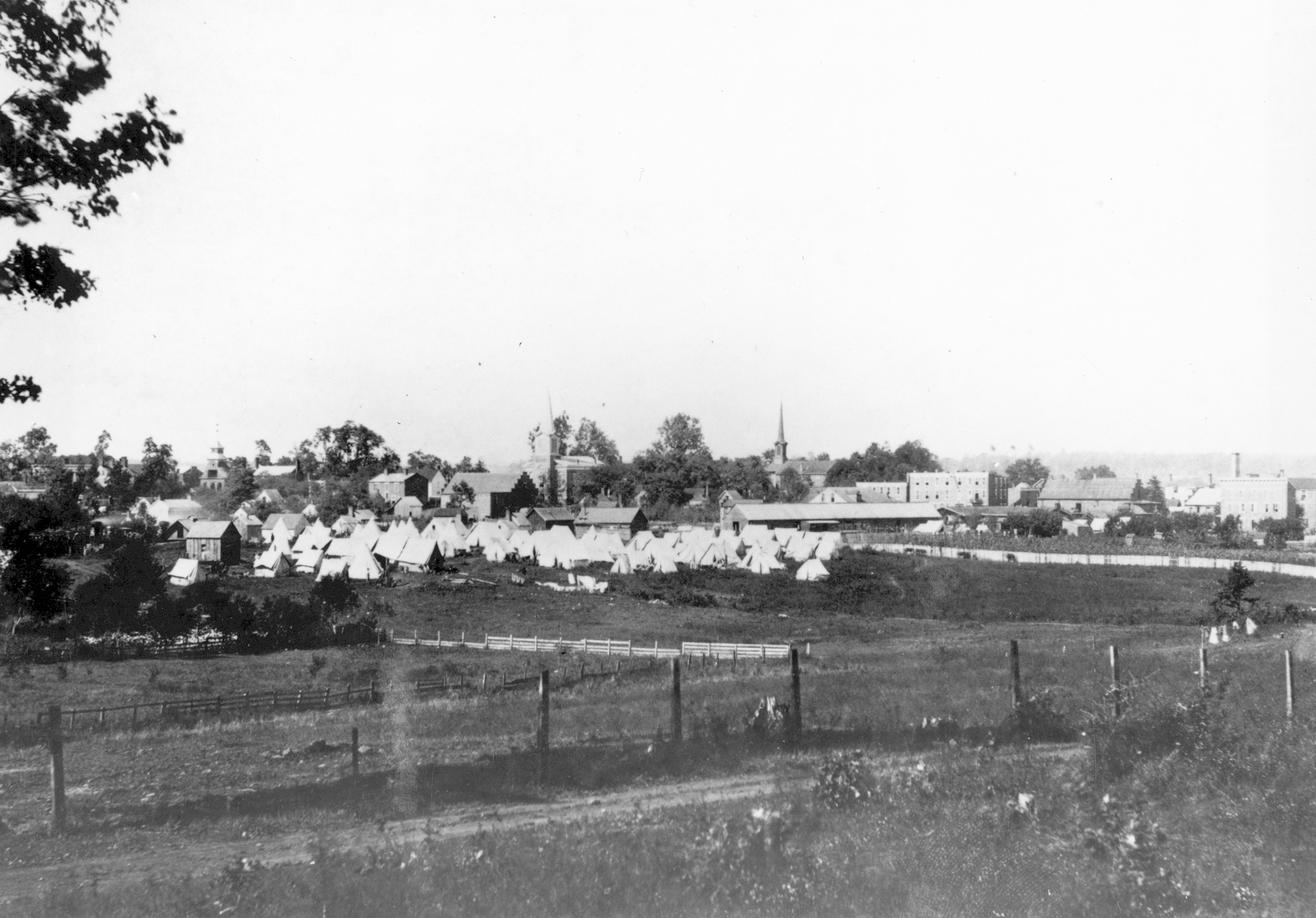
Distinctive Garb Used To Build Comradery Among The Western Brigade
On the evening of August 28, Gibbon’s brigade of 1,800 Westerners sluggishly marched east toward the village of Centreville, where the majority of Pope’s army was massing for an anticipated battle with Lee’s forces. The four regiments of Gibbon’s brigade—the 2nd Wisconsin (the only regiment in the brigade that had seen action before), the 6th Wisconsin, the 7th Wisconsin, and the 19th Indiana— marched in their long regulation frock coats, tall Hardee-style black hats, and white leg-gaiters. The men probably found these distinctive accouterments bothersome but Gibbon knew it made his men stand out from the rest of the Union army, thus instilling an esprit de corps in his men and for their units.
The unorthodox style of uniform was a result of General Gibbon’s intense regimen of drill and his efforts to bring these volunteers to the same level of efficiency and professionalism as Regular infantry. Thus these men from Wisconsin and Indiana had drilled incessantly for over a year and now were anxious to show their mettle in battle.
From Marching In Formation To Battle Positions
It was approximately 5:45 PM when Gibbon’s brigade neared the open fields of John Brawner’s farm along the Warrenton Turnpike, a mile west of the small village of Groveton. The soldiers of Gibbon’s brigade had been marching and counter-marching all day and the last thought on their minds was a battle. Their only thoughts were of reaching their bivouac and bedding down for the night. On the left, to the north, were Mr. Brawner’s undisturbed farm fields and bountiful peach orchard.
As Gibbon looked up and across this bucolic scene, he noticed horsemen on an open ridge near the Brawner’s farmhouse and wondered if they could be enemy cavalry. As he moved off the turnpike onto the Brawner farm clearing to get a better look, Gibbon saw a Rebel artillery battery unlimbering for action. Accordingly, Gibbon ordered his old unit, Battery B, 4th U.S. Artillery, to a knoll a few hundred yards east of the Brawner farmhouse. Within a few minutes, the Rebel guns opened fire on Gibbon’s troops, which were still in marching column on the turnpike. Once in position, Captain Joseph Campbell and Battery B returned fire with their six 12-pounder smoothbore Napoleons.
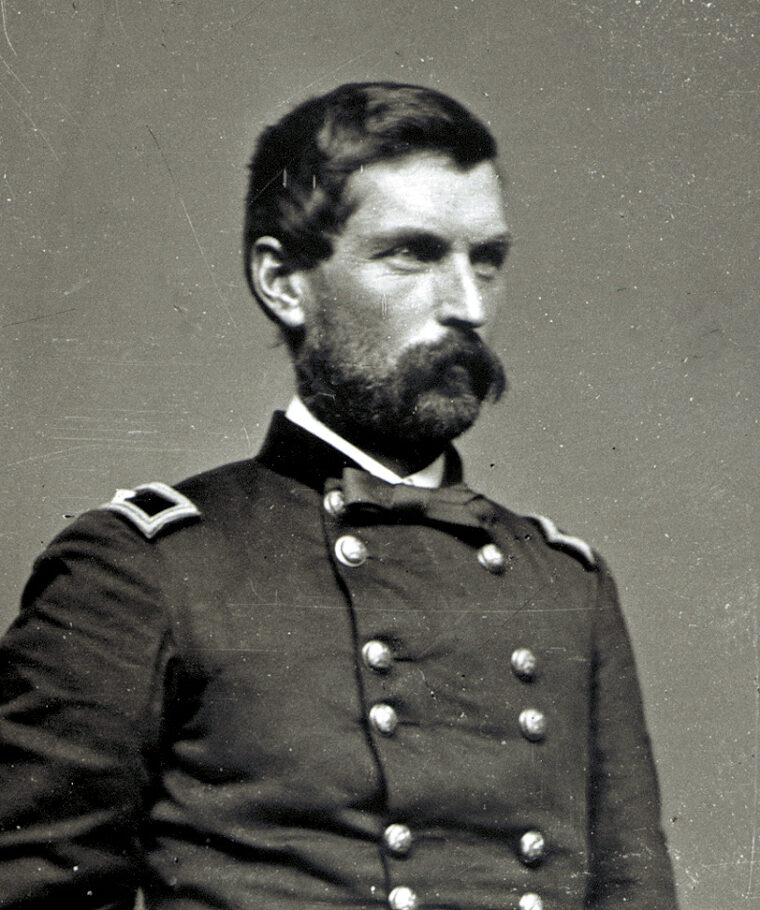
Gibbon then ordered his brigade to take cover on the north side of the road near Brawner’s Woods, and called upon the 430 men of the 2nd Wisconsin. Thinking the Rebel guns belonged to Confederate general J.E.B. Stuart’s Horse Artillery, Gibbon ordered his only veteran unit to form into battle line to silence the now-annoying Rebel guns and hopefully capture one of Stuart’s batteries. The Wisconsiners moved toward the cannon, which were positioned north of the Brawner farmhouse. As they crested the ridge, the men of the 2nd Wisconsin were surprised to see a Confederate infantry brigade, arrayed in battle line and moving toward them.
“A Most Terrific And Deadly Fire”
The eight hundred fierce-looking Rebels made up the famous “Stonewall Brigade.” Once commanded by the mighty Stonewall Jackson himself, this unit had gained glory at the First Battle of Manassas, and had served with Jackson during the Shenandoah Valley Campaign. Now commanded by Colonel William S.H. Baylor, a 31-year-old lawyer from Staunton, Va., the brigade of five veteran Virginia regiments outnumbered the Badgers by almost two to one.
But in the words of one Wisconsin soldier, the boys “held their pieces with a tighter grasp and expressing their impatience with low mutterings in such honest, if not classic phrases, as ‘Come on, God damn you.” When the hardened Virginians came within a hundred yards of the Union line, Colonel Edgar O’Connor of the 2nd Wisconsin gave the command to fire. The Badgers unleashed a terrible volley into the Southerners. One officer in Baylor’s brigade described the volley as “a most terrific and deadly fire.” Minutes later, O’Connor was mortally injured with wounds in the arm and groin, but his men continued to slug it out with the Virginians.
Both Sides Marshal Additional Troops
After the 2nd Wisconsin had fought alone for 20 minutes, Gibbon noticed the Rebel line starting to overlap the regiment’s left flank. He then ordered the 19th Indiana to a position on the Badger’s left, near the Brawner farmhouse. The Hoosiers, 420 men strong, moved into position but were met with a thunderous volley by the 4th Virginia. As the 19th Indiana steadied itself near the Brawner farmhouse, General Jackson desperately searched for more troops. At this point, Jackson encountered perhaps four regiments of Georgians under Brig. Gen. Alexander R. Lawton, numbering between eight hundred and a thousand men, and personally led them into battle. These regiments from Lawton’s brigade positioned themselves on Baylor’s left and joined the fight in earnest. Gibbon noticed that Lawton’s men overlapped the 2nd Wisconsin on the Badgers’ right flank—a possibly dangerous situation.
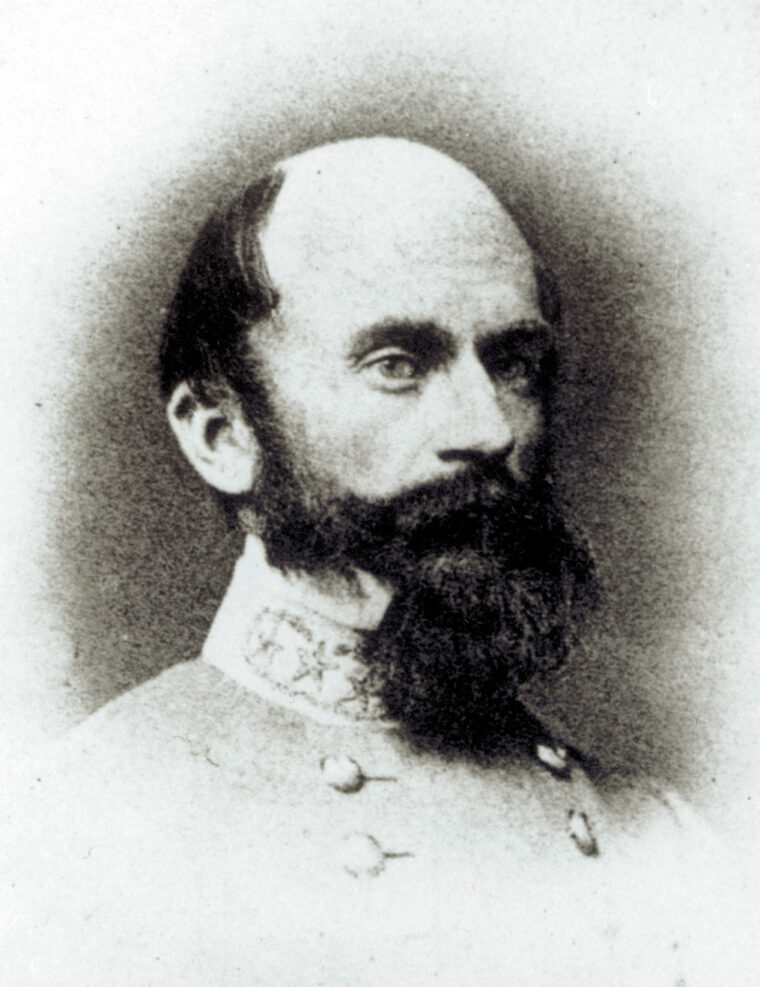
Accordingly, Gibbon ordered the 440 men of the 7th Wisconsin to a rise on the right of the 2nd’s position. These fresh troops marched through Brawner Woods until they came upon the right flank of the 2nd Wisconsin. After some mingling and shifting of lines between the two regiments due to the darkness, the 7th Wisconsin finally anchored the right flank of Gibbon’s brigade.
Relentless Fire From Both North And South
Meanwhile, Jackson desperately tried to ferry troops into line against the brazen Yankees. After he deployed Lawton’s Georgia regiments against the two Wisconsin regiments, Jackson then ordered Brig. Gen. Issac R. Trimble’s mixed brigade to deploy on Lawton’s left in hopes of enveloping Gibbon’s line. Trimble’s 1,200 men from Alabama, North Carolina, and Georgia moved to within 75 yards of Gibbon’s line when they encountered a surprise on their left. At 6:50 PM, while Trimble’s brigade moved into position, Gibbon committed his last regiment to the fight, the 6th Wisconsin. The five hundred men of the 6th Wisconsin, the largest of Gibbon’s regiments, moved toward low ground near a dry streambed that offered some protection from Rebel guns.
When the Wisconsiners were in position, Col. Lysander Cutler gave the order to fire and the 6th Wisconsin let loose a most injurious volley on Trimble’s stunned brigade. “Every gun cracked at once, and the line in front, which had faced us at the command ready, melted away, and instead of the heavy line of battle that was there before our volley, they presented the appearance of a skirmish line,” recalled one Badger. Trimble’s men soon took refuge behind the relative shelter of a wooden snake-rail fence that bordered the field. There followed continuous volleys from both Southerners and Northerners.
Gibbon Receives Reinforcements From Doubleday
As both sides pounded away at each other, Gibbon noticed a 250-yard gap between the right flank of the 7th Wisconsin and the left of the 6th Wisconsin. He needed more men to successfully hold the line against the attacking Confederates. Gibbon sent word back to his acting division commander, Brig. Gen. John Hatch, for reinforcements. For reasons unknown, Hatch would send no help. Brigadier General Abner Doubleday, working on his own initiative, decided to send the 76th New York (450 men) and the 56th Pennsylvania (531 men) of his own brigade, which were waiting nearby. These fresh troops moved into the large gap between the 7th and 6th Wisconsin and helped reinforce Gibbon’s quickly dwindling line.
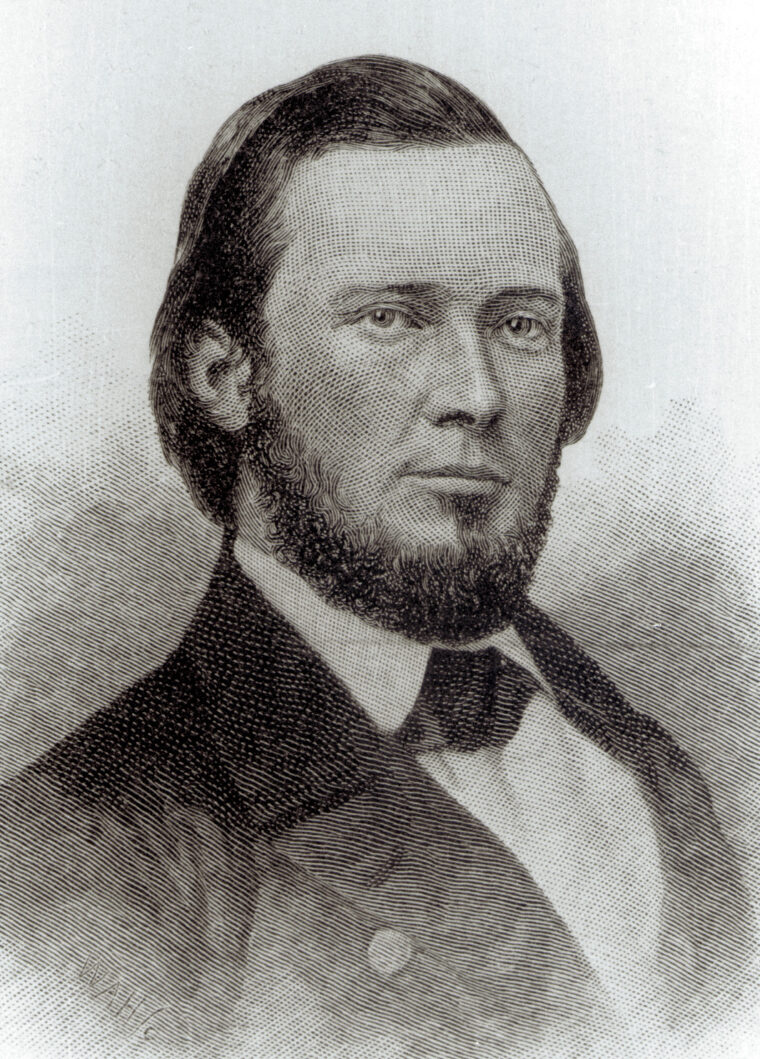
Gibbon’s battle line was now complete. He had the four regiments from his brigade and two from Doubleday’s brigade in a line that stretched for almost a mile—a total of 2,781 men. Jackson had three brigades in a line that stretched just as far as Gibbon’s line and outnumbered Gibbon slightly with a little more than three thousand men engaged. The Confederates had another 20,000 men at their disposal but for some reason Jackson could not field even a quarter of that number.
Confederate Injuries Hamper Troop Deployment
Jackson did request more reinforcements from one of his division commanders, Brig. Gen. Richard S. Ewell, who was nearby. In the end, Ewell managed to bring only two of his four brigades onto the battlefield and Brig. Gen. William B. Taliaferro’s division deployed only one full brigade and half of another out of a four-brigade division—thus preventing Jackson from truly bringing his superior numbers to bear on the enemy.
One reason for Jackson’s failure to field more men is the fact that both of his division commanders were wounded during the action. As Ewell advanced with the 12th Georgia on the extreme Rebel left, he knelt down to gain a better view of the Union line and was struck by a minie ball in the left kneecap, shattering his entire leg. He was taken to the rear where his leg was later amputated. Ewell’s division would be leaderless for the rest of the fight. On the other flank, Brig. Gen. William B. Taliaferro, commander of Jackson’s old division, advanced against the Brawner farmhouse but also was wounded by Yankee rifle fire. Although suffering three wounds, General Taliaferro refused to leave the field until the fighting was over. But owing to his feeble condition he was in no position to command a division, and as a result his leadership suffered.
This lack of upper-level leadership hampered communication between Jackson and his brigade commanders, thus preventing him from fielding more brigades against the Yankees. Regimental leaders were good targets, too. Lieutenent Colonel Lawson Botts of the 2nd Virginia suffered a mortal head wound while he encouraged his men near the left of the brigade line. Colonel John Francis Neff of the 33rd Virginia had been suffering from heat exhaustion all week and was ordered to the rear by a surgeon before the battle. But he refused any medical aid, instead deciding to stay and fight with his men. As Colonel Neff walked up and down his line, encouraging his Virginians, he was killed instantly when a stray minie ball entered his left cheek and exited his right ear.
Jackson Calls Up the “Two Twenty-Firsts”
Frustrated with the lack of progress his troops were making, Jackson decided to be more aggressive in the hope of physically pushing Gibbon’s men off the ridge. At about quarter past seven, Jackson ordered his entire line to advance upon the stubborn Federal defenders. The first to respond to Jackson’s order was Trimble’s brigade. Owing to the miscommunication that would plague the Confederates throughout this engagement, only two of Trimble’s regiments responded to Jackson’s call.
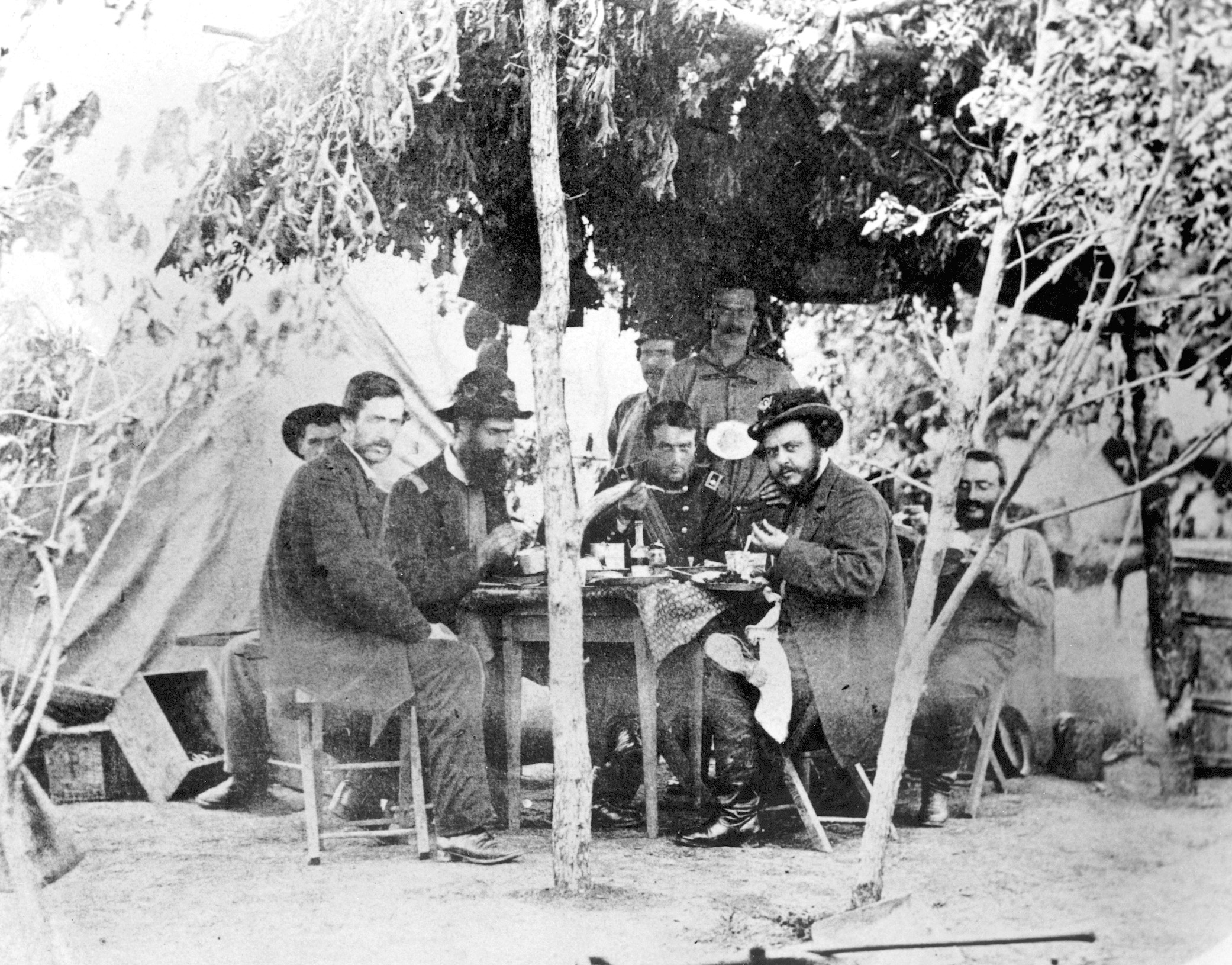
The “two twenty-firsts”—the 21st Georgia and 21st North Carolina—positioned on Trimble’s right flank started toward the 56th Pennsylvania and the 6th Wisconsin at around 7:30. For reasons unknown, the two units on the left of Trimble’s brigade, the 15th Alabama (later to gain fame at Gettysburg) and the 12th Georgia on the extreme left, failed to advance at all. As the “two twenty-firsts” advanced without flank support, the Pennsylvanians poured a devastating volley into their front, while the 6th Wisconsin turned a left oblique and did the same to the Rebel’s left flank.
The Rebel lines seemed to melt before the storm of Yankee lead. One officer in the 6th Wisconsin remembered, “The men loaded and fired with the energy of a madman and a recklessness of death truly wonderful, but human nature could not stand such a terrible wasting fire.… It literally mowed out great gaps in the line.”
Union Forces Execute Maneuvers With Lethal Precision
As the commander of the 21st North Carolina, Lt. Col. Sanders Fulton, led his men forward with bayonets fixed, he was killed and dozens of his command were swept away by this whirlpool of death. The Georgians suffered a similar fate as the North Carolinians. One Georgian remembered, “The blazes from their guns seemed to pass through our ranks. The 21st Georgia would lose 184 of 242 men in this action—76 percent of its strength. One company in the 21st Georgia lost an amazing 40 of 45 men. Gibbon’s two regiments halted this part of the Confederate advance, but Jackson’s offensive was far from over.
Seeing only Trimble’s brigade respond to his call to advance, Jackson personally ordered Lawton’s Georgia brigade to move forward at 8:00. But again only two regiments responded. In the fading sunlight, the 26th Georgia and 38th Georgia advanced toward the 2nd Wisconsin. Their attack was short-lived. As they advanced, the 7th Wisconsin and the 76th New York wheeled to the left and poured a lethal volley of lead into the Rebels’ flank. Colonel William W. Robinson of the 7th Wisconsin wrote: “The evolution was executed with as much precision as they ever executed the movement on drill. This brought us within 30 yards of the enemy.”
A Classic Stand-Up Infantry Fight
Another man in the 7th reported, “Our fire perfectly annihilated the rebels.” While the Southerners received fire from their flank, the 2nd Wisconsin poured deadly volleys into the Georgians’ front. “No rebel of that column who escaped death will ever forget that volley. It seemed like one gun,” said one New Yorker. The 26th Georgia suffered 74 percent casualties in its assault (134 of 181 men). Said another Wisconsin officer: “Our boys mowed down their ranks like grass; but they closed up and came steadily on. Our fire was so terrible and certain that after having the colors in front of us shot down twice they broke in confusion and left us in possession of the field. They left their colors upon the field.” Jackson’s short but violent offensive thus ended, but the two sides continued to bloody each other in a classic stand-up infantry fight.
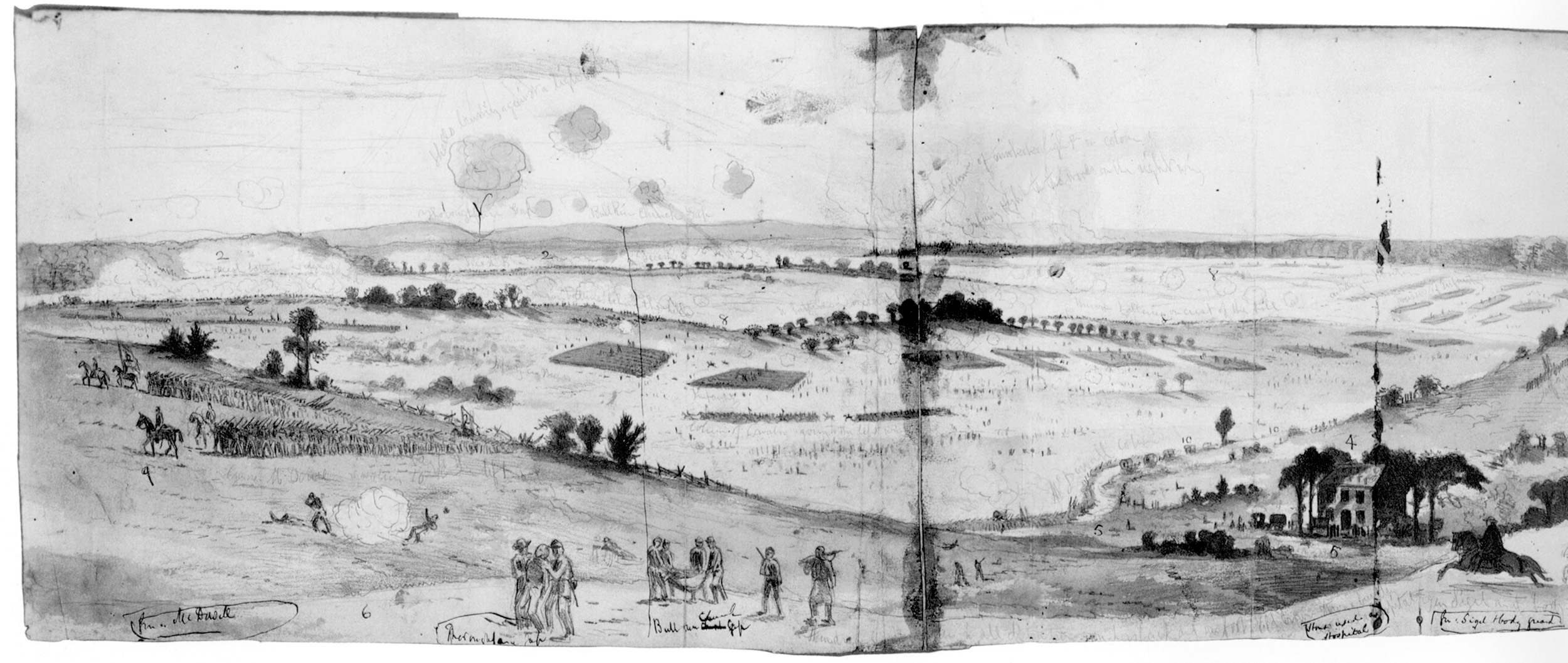
As the late summer sun set behind the Bull Run Mountains, the two battle lines continued to blaze away at each other at close ranges, neither side budging an inch, separated by less than 30 yards in some places. The men could barely make out the dark silhouettes of the opposing battle lines and instead used the bright flames exiting their opponents’ muskets as their targets. “The two crowds, they could hardly be called lines, were within, it seemed to me, fifty yards of each other, and were pouring musketry into each other as rapidly as men could load and shoot,” remembered one Union veteran. General Gibbon recalled the fight as “a long, continuous roll.” Men were dropping with every volley—almost two dozen men every minute—but neither side yielded any ground.
Nightfall And Intense Confederate Fire Force Back Union Troops
On the Union left, Colonel Solomon Meredith, the six-foot-seven-inch commander of the 19th Indiana, galloped up and down his line extolling his men. Known as “Long Sol” to his troops, Meredith neared the farmhouse when he noticed a large body of Rebel infantry bearing down on his left flank. These six hundred fresh troops were from Colonel Alexander G. Taliaferro’s (uncle of W.B. Taliaferro) mixed brigade of Virginians and Alabamians. They constituted Jackson’s immediate reinforcements on this part of the field. Colonel A.G. Taliaferro advanced the 10th, 23rd, and 37th Virginia Regiments from his brigade against the 19th Indiana in the hope of enfilading Gibbon’s left flank. Colonel Taliaferro’s other two regiments, the 47th and 48th Alabama, were still in route to that portion of the field and would not reach their brigade until after the fight.
As Taliaferro’s brigade advanced, Captain John Pelham, of J.E.B Stuart’s Horse Artillery, moved two of his cannon to a knoll only a hundred yards from the Hoosier’s line and began pouring deadly salvos of canister (shotgun-like blasts of hundreds of iron balls) into Meredith’s men. Colonel Meredith of the 19th was severely wounded when his horse was shot and fell on top of him during this action. His men, however, put up a strong fight until General Gibbon ordered them to fall back to a new position, which afforded some cover owing to a two-foot swell in the ground. But the combination of fresh Rebel troops, Pelham’s guns, and almost complete darkness forced the Indianans to abandon their position entirely.
A Terrible Toll On Both Sides
At around 8:15, Gibbon ordered a “fighting retreat” of his whole brigade and instructed his men to fall back to the relative safety of the Warrenton Turnpike. A veteran of some of the heaviest fighting of the war, Gibbon described the engagement in his postwar memoir: “The most terrific musketry fire I have ever listened to rolled along those two lines of battle … neither side yielding a foot.” The crackle of musketry eventually faded into the groans of the wounded, however, as each side sought to collect their dead and wounded.
After more than two hours of vicious fighting, the casualties on both sides told the story of the ferocious bloodshed that had taken place in John Brawner’s once tranquil farm fields. Gibbon’s brigade suffered over eight hundred killed or wounded—including almost two hundred men killed outright. Gibbon’s first unit to become engaged, the 2nd Wisconsin, suffered the most casualties—297 men killed or wounded out of 430 (69 percent), including 83 men killed outright. On the far Union left, the 19th Indiana suffered nearly 260 casualties of 423 men engaged (62 killed outright)—over 60 percent of its strength. Further down the line, the 7th Wisconsin suffered 220 casualties out of 440 men (50 percent). Doubleday’s two regiments each lost about a hundred men killed and wounded. Finally, on the far Union right, the 6th Wisconsin suffered the least casualties owing to the protective terrain on that part of the field—only 72 men killed and wounded (14 percent). All told, the Union lost 1,046 men out of nearly 2,800 engaged—almost 40 percent casualties in two hours of fighting!
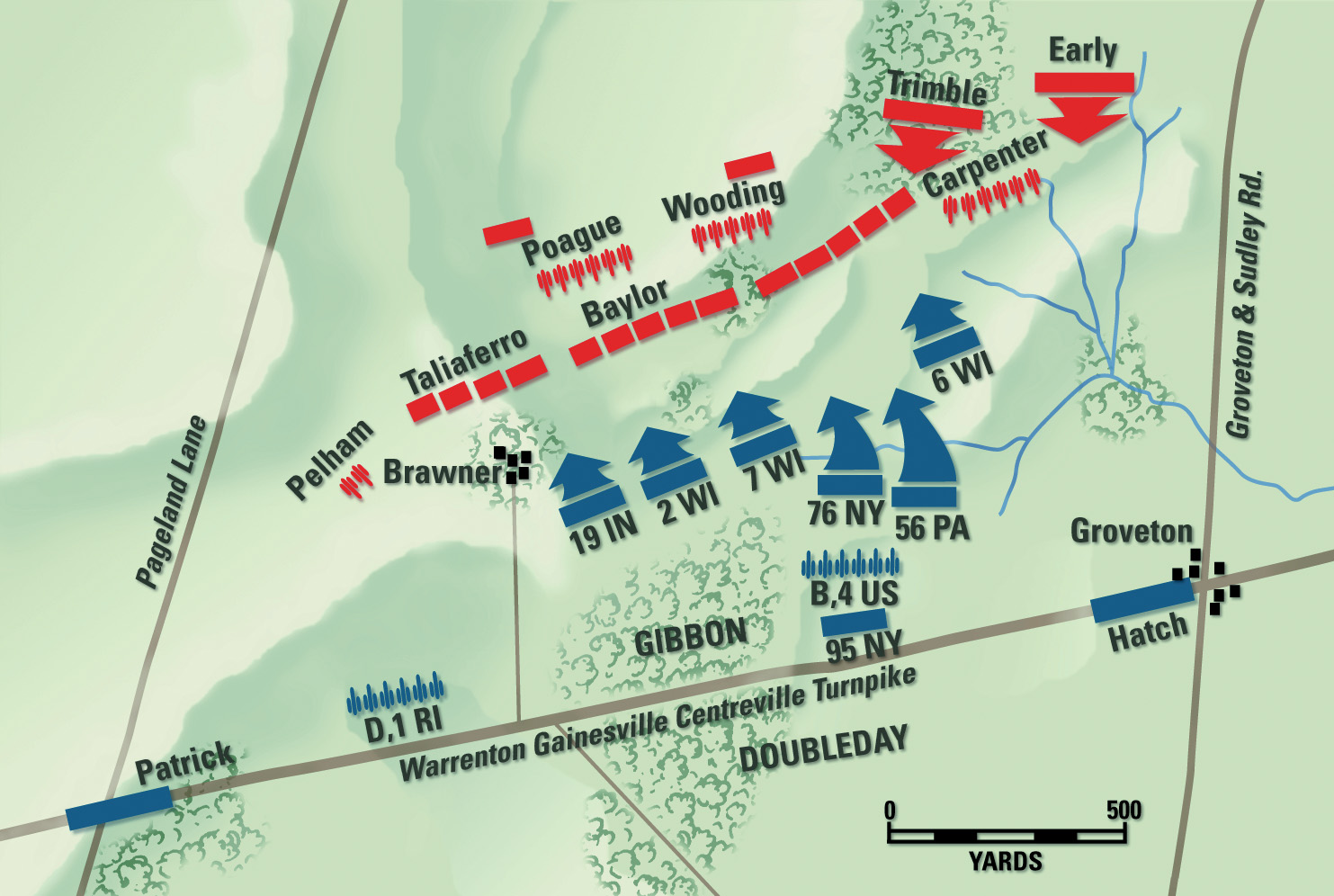
Forty Percent Rebel Casualty Rate
As for Jackson’s men, Baylor’s Stonewall brigade lost two regimental commanders and almost four hundred of its eight hundred men—a little less than 50 percent of its strength. Lawton’s brigade suffered approximately 470 men killed or wounded, with the 26th Georgia losing 74 percent of its men. Issac Trimble’s brigade, which was only engaged for one hour, lost nearly four hundred men killed or wounded—33 percent of its strength. The 21st Georgia, Trimble’s Brigade, lost 76 percent of its men; according to official Confederate records, only the lst Texas at Antietam would lose more during the entire war (82.3 percent). Colonel A.G. Taliaferro’s brigade would only lose 87 men in its short fight with Meredith’s Indianans. Thus of the approximately 3,500 Rebels engaged that evening, 1,337 were casualties—almost 40 percent of the troops engaged. Before August 30 and a great deal more fighting was over, a captain would command Trimble’s brigade. By September 1, another captain would command the entire Stonewall division. These two facts alone testify to the ferocity of the fighting that occurred during those final few days in August.
Jackson Himself And “Iron Brigade” Responsible For Confederate Defeat
The new investigation into Confederate and Union unit strengths undertaken for this article has shown that Jackson fielded only two understrengthed but complete brigades—Baylor’s and Trimble’s—and a few scattered regiments of two other brigades commanded by A.R. Lawton and A.G. Taliaferro, respectively. Although the accepted wisdom has been that Gibbon’s men were outnumbered three to one, this was not at all the case. The combined strength of the four Southern brigades actually engaged barely outnumbered the six Union regiments opposing them. Much of the blame for the Confederate failure to bring superior numbers against the Yankees can be placed with Generals Ewell and W.B. Taliaferro, but most blame must rest with the commanding general, Stonewall Jackson himself.
There are a number of reasons for Jackson’s poor performance at Brawner’s Farm. First, Jackson did not have a clear plan of attack for his troops and failed to communicate what ideas he did have to his division commanders. Thus both Generals Ewell and W.B. Taliaferro failed to bring their full divisions onto the field, resulting in careless, haphazard Confederate assaults. In addition, Jackson left his brigade commanders in the dark, so to speak, so that they could do no better than launch uncoordinated, piecemeal regimental attacks. A very good reason for this lack of communication, however, is the fact that these division commanders were wounded during the height of Jackson’s attack, thus prohibiting sufficient communication between commanders. Still, a clearer chain of command and its eventual implementation would have allowed for an easier transfer of orders from brigade to brigade in case a commander were killed or wounded.
But of course, the main reason why Jackson had so much difficulty achieving his objectives was because Jackson’s men were up against arguably the best brigade in the Union Army—the soon-to-be-coined “Iron Brigade,” and up against its audacious commander, Brig. Gen. John Gibbon.
Neither side was finished, of course. This was just the opening day of the battle to be known as Second Manassas. Jackson’s men, removed again to their railroad cut, had to withstand repeated Federal assaults to dislodge them. Gibbon’s brigade, relieved for a time, was forced to slow Longstreet’s flanking attack on the 30th and then hold the Rebels off while the remainder of the northern army retreated toward Washington.
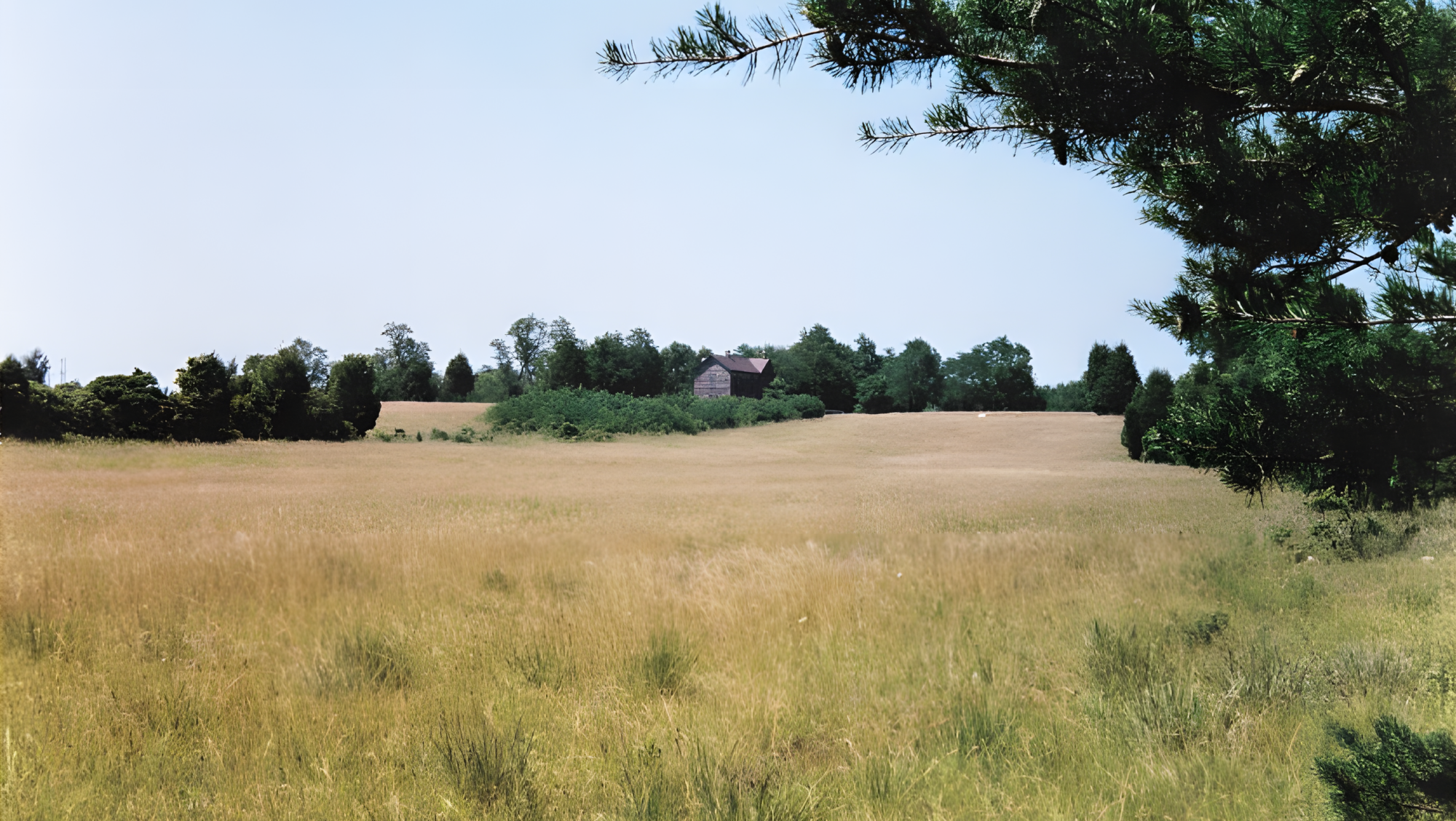

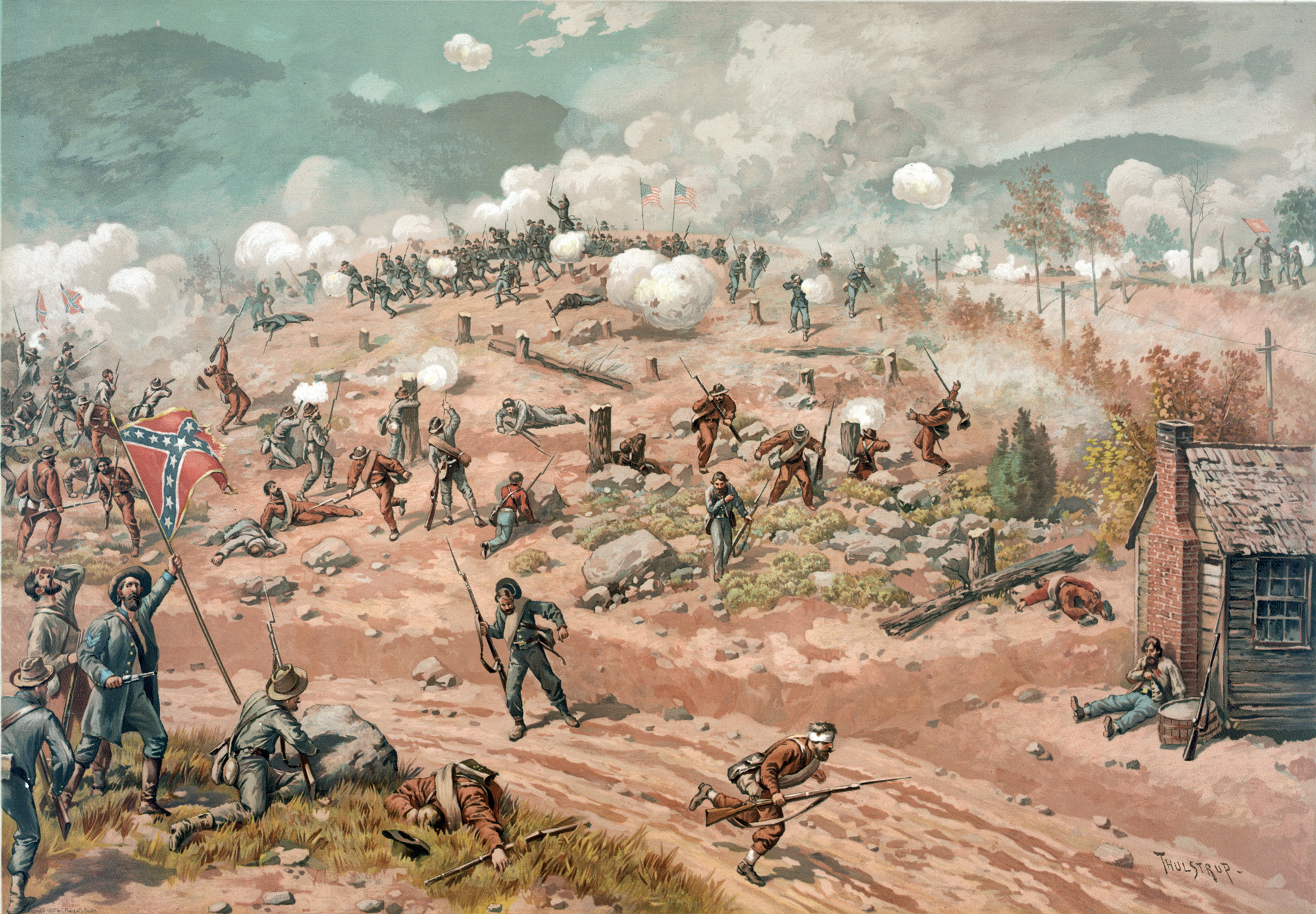
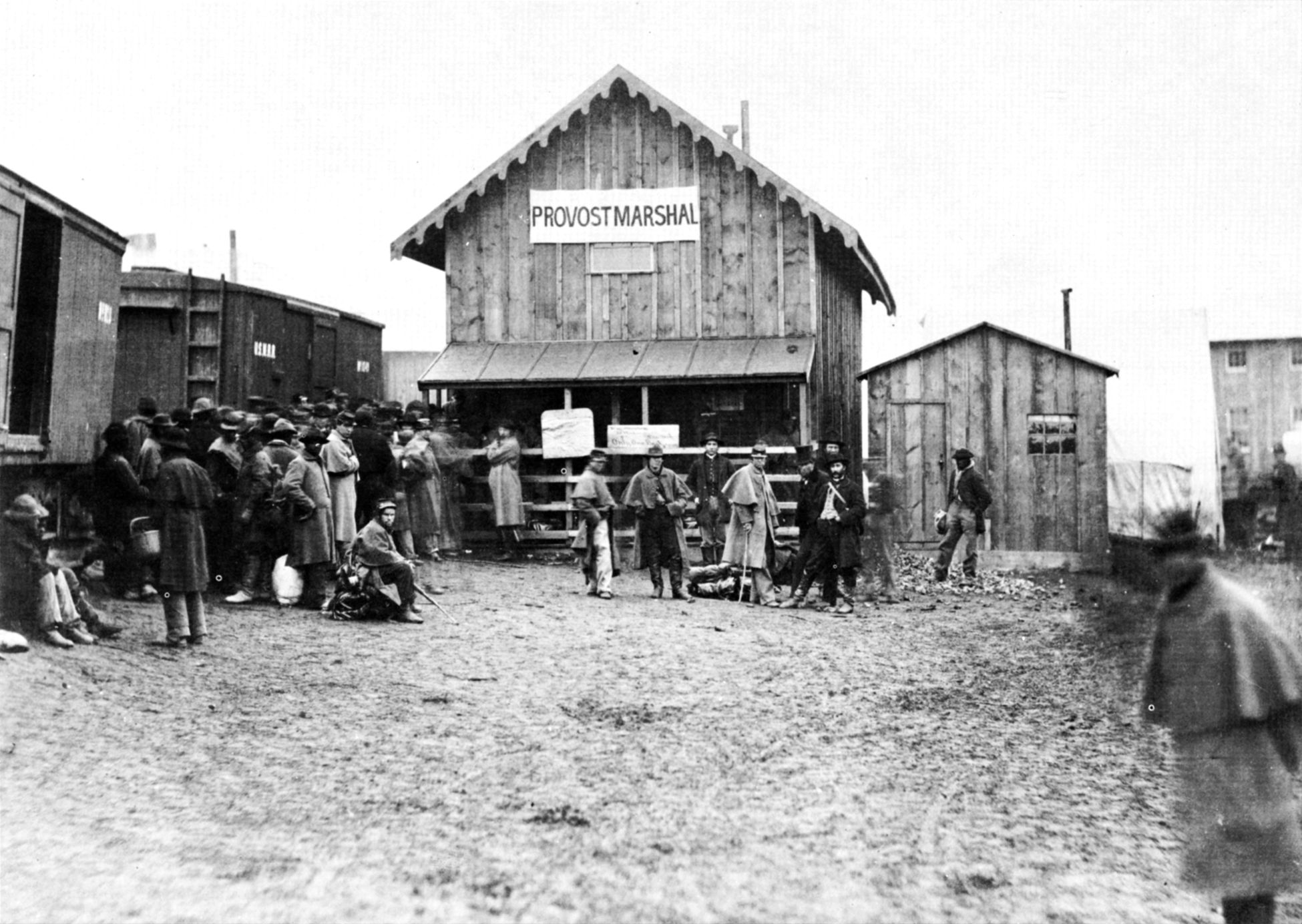
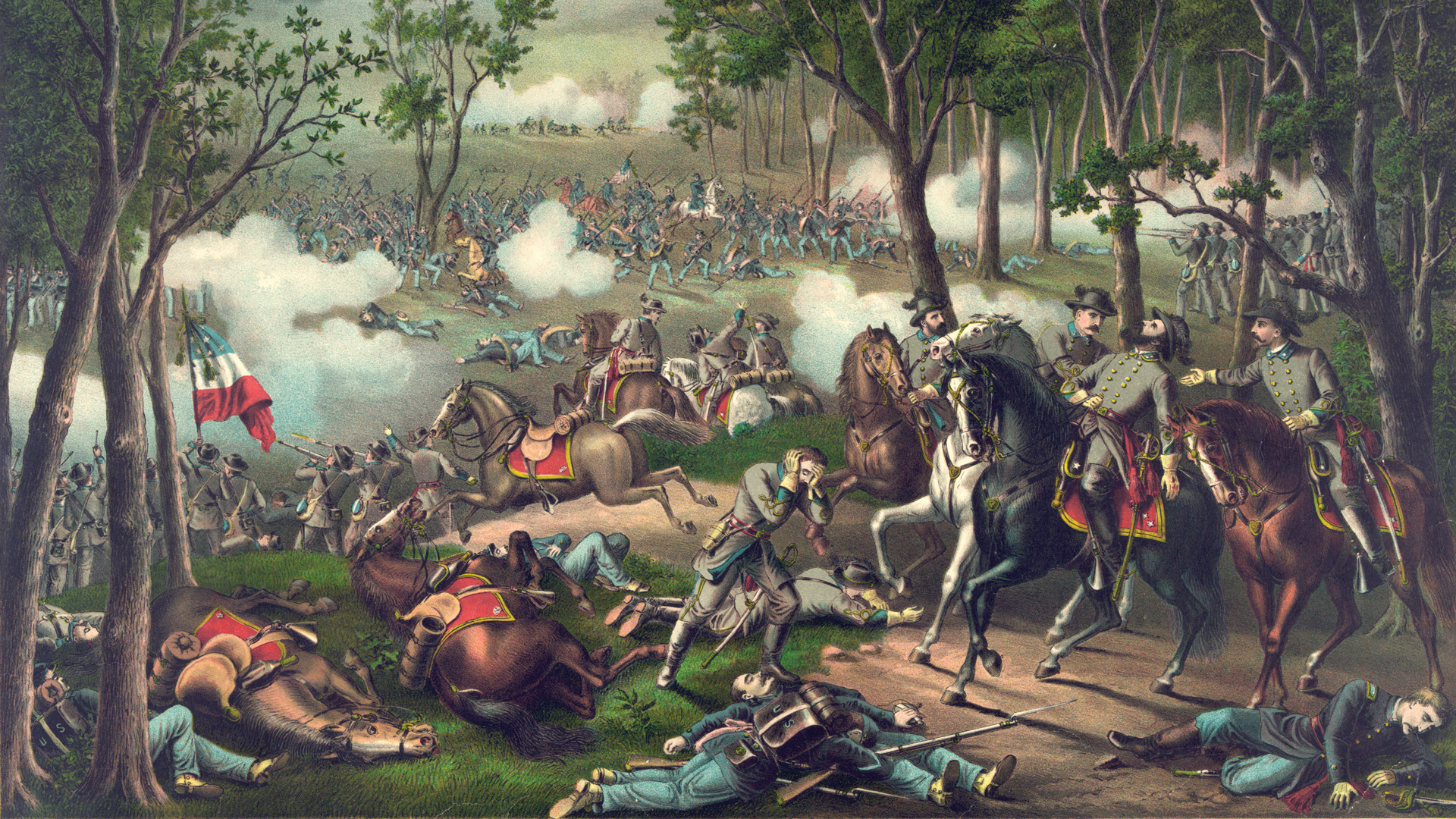
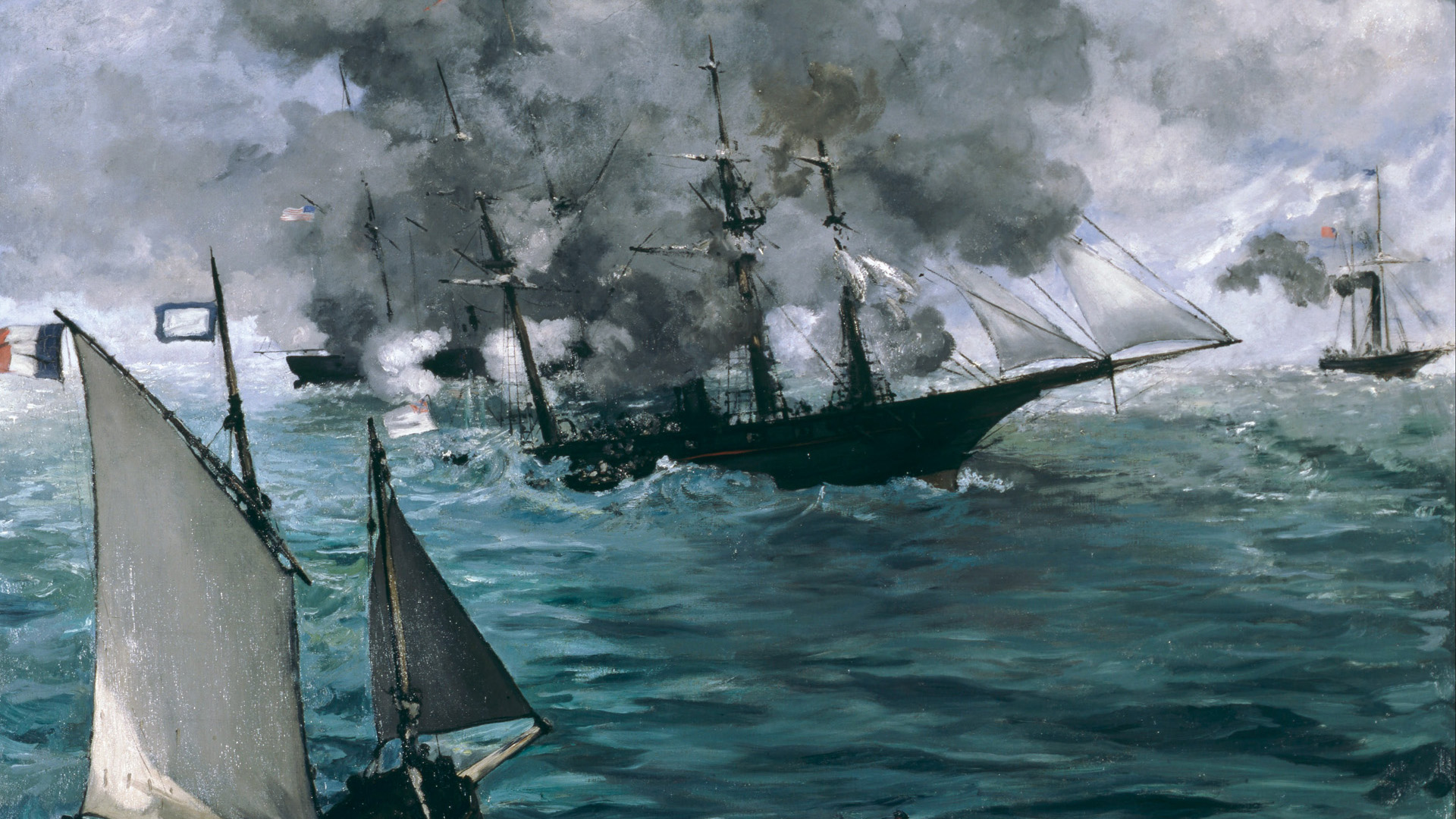
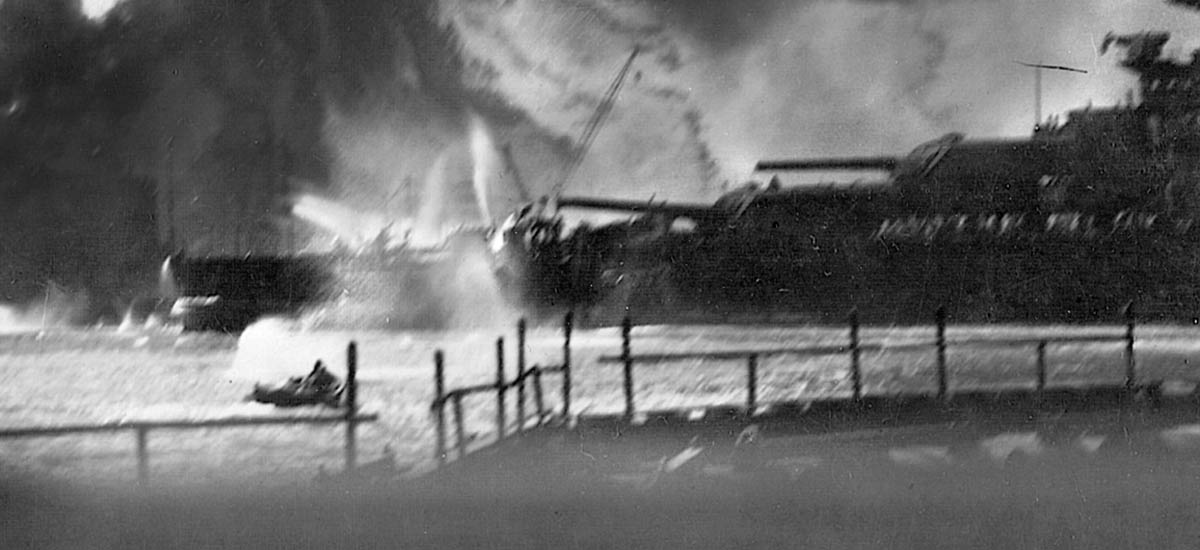
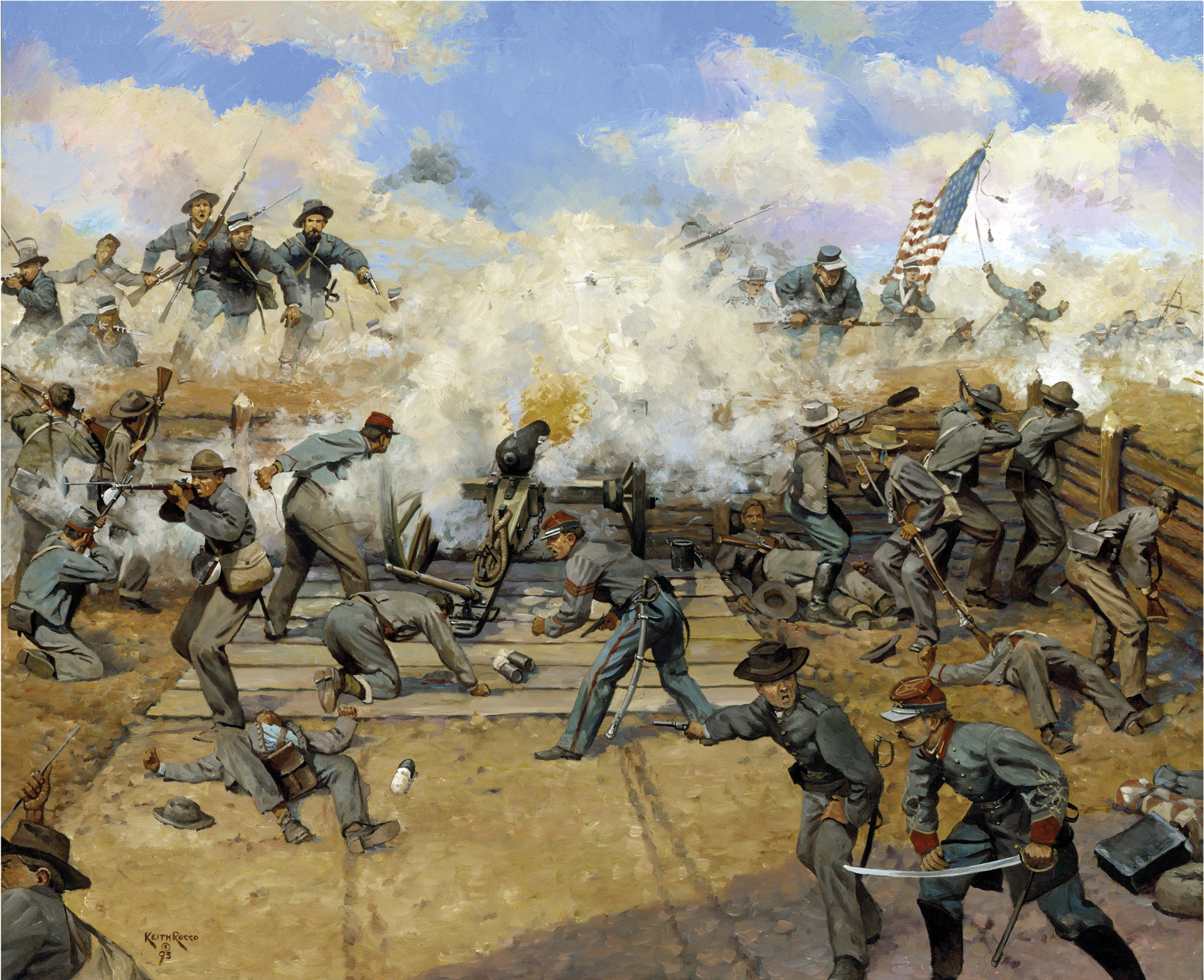

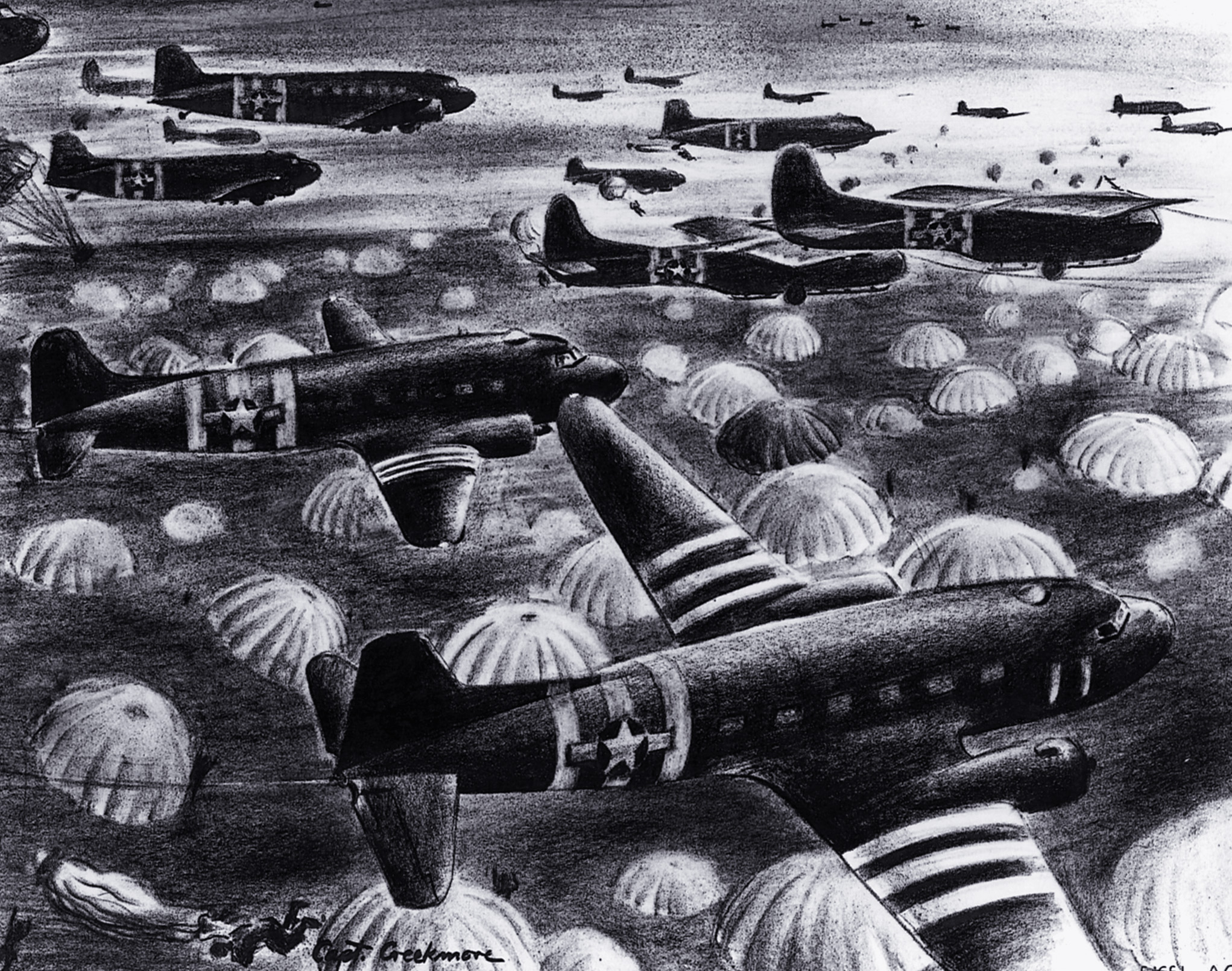
Join The Conversation
Comments
View All Comments